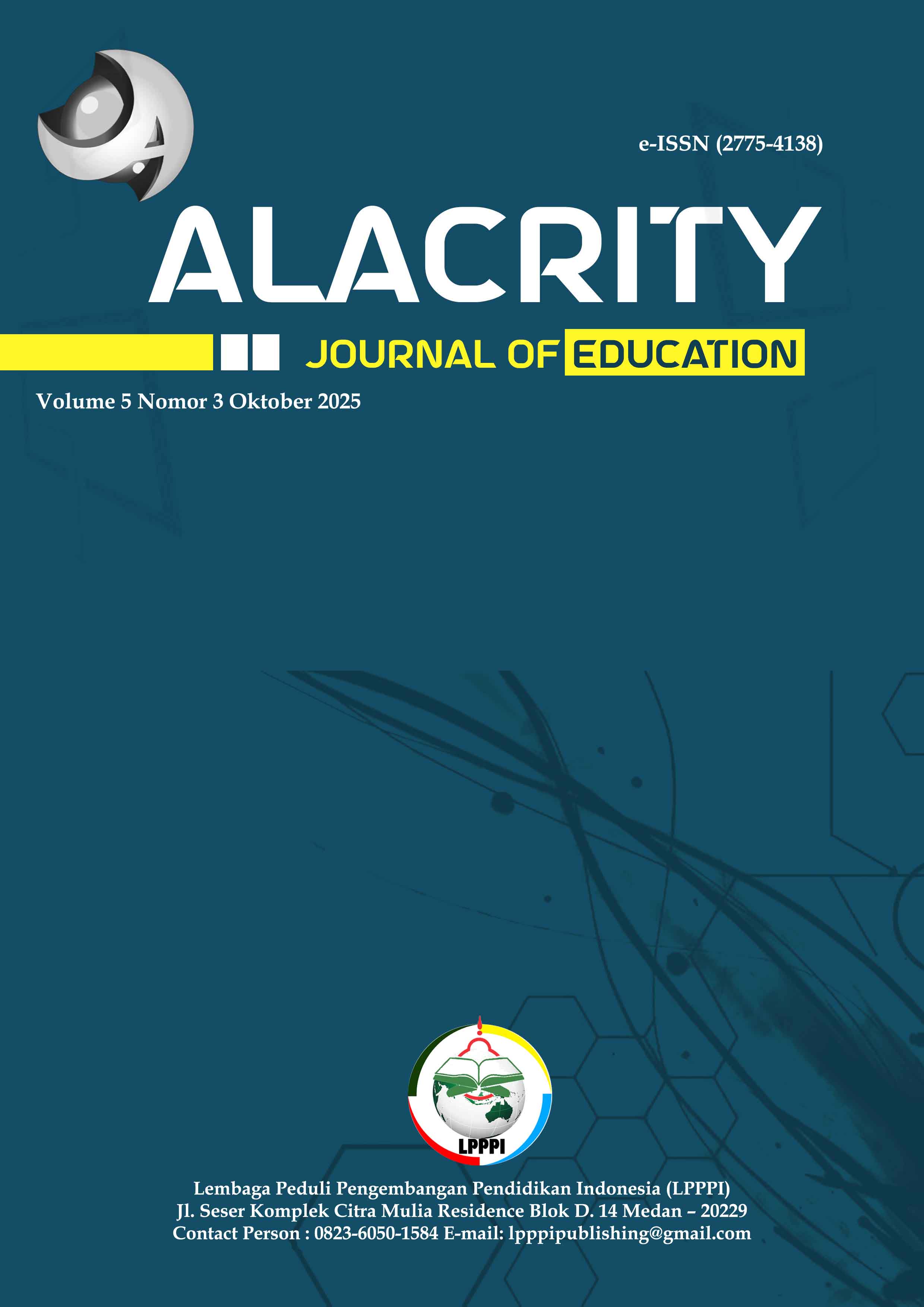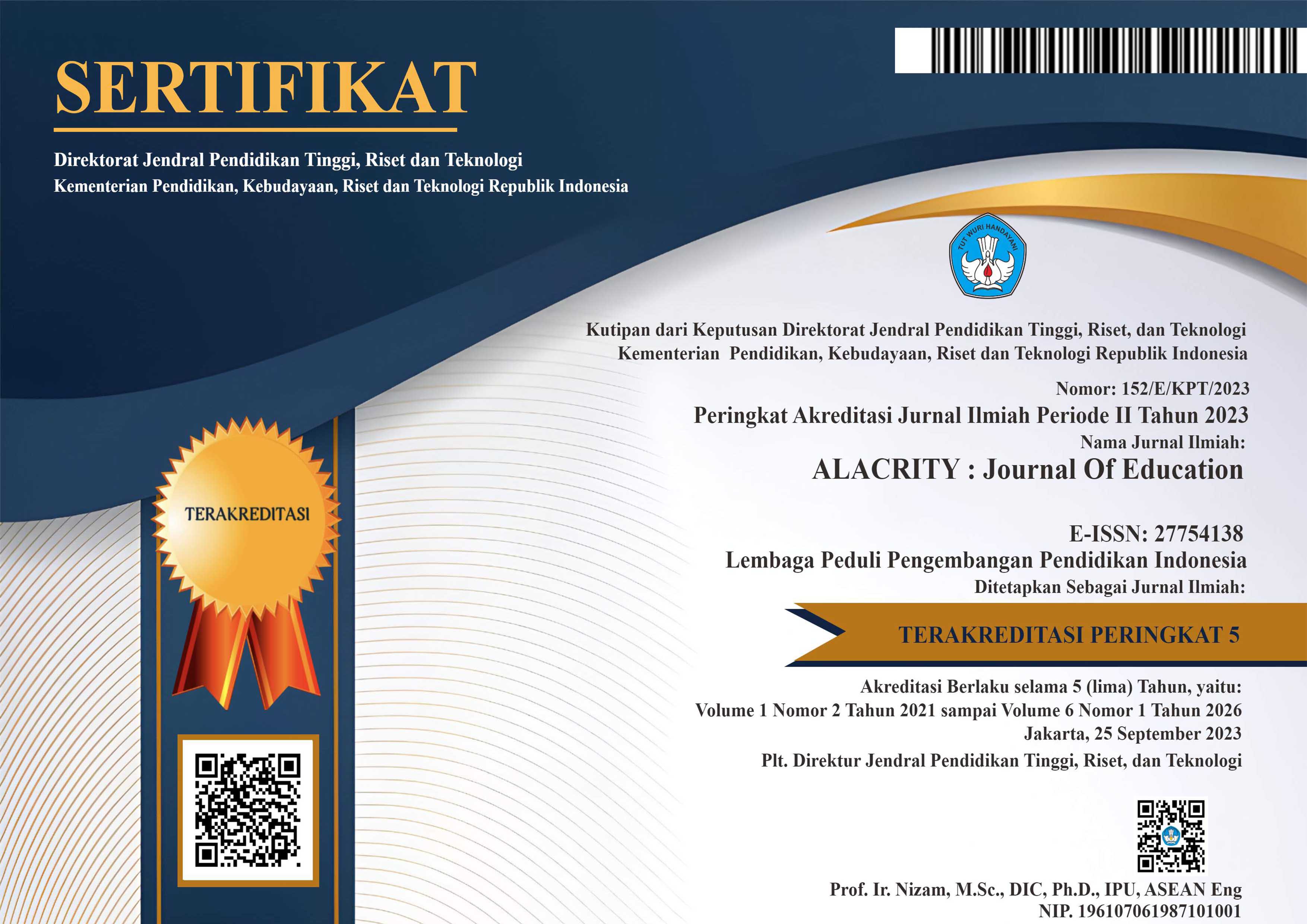The Use of Elbow K-Means And K-Medoids in the Grouping of Provinces in Indonesia Based on the Indicators of the Effectiveness of the Authentication Taspen Application With DBI and Silhoutte Coefficients
DOI:
https://doi.org/10.52121/alacrity.v5i3.891Keywords:
Taspen Authentication Application, K-Means, K-Medoids, Davies-Bouldin Index, Elbow MethodAbstract
This study aims to classify Indonesian provinces based on the effectiveness of using the Taspen Authentication Application and to compare the performance of the K-Means and K-Medoids clustering algorithms. The research employed a quantitative approach using secondary data derived from the Taspen Authentication metrics, which include ten variables such as user, session, retention, login effectiveness, churn rate, and conversion rate. The data from 38 provinces were analyzed using cluster analysis. The optimal number of clusters was determined using the Elbow Method, and validation was performed with the Davies-Bouldin Index (DBI). The results indicate that the K-Means algorithm provides better clustering performance, with a DBI value of 1.752 and a Silhouette Coefficient of 0.2850. The findings reveal that 50% (19 provinces) demonstrate high effectiveness, 13.16% (5 provinces) moderate effectiveness, and 36.84% (14 provinces) low effectiveness in using the application. These results can serve as a basis for PT TASPEN and policymakers to develop region-specific strategies, including enhanced socialization, training, and infrastructure support to improve the overall effectiveness of the Taspen Authentication Application across Indonesia.
Downloads
Published
Issue
Section
License
Copyright (c) 2025 Anisya Tasya, Gusmi Kholijah, Sarmada

This work is licensed under a Creative Commons Attribution-ShareAlike 4.0 International License.













